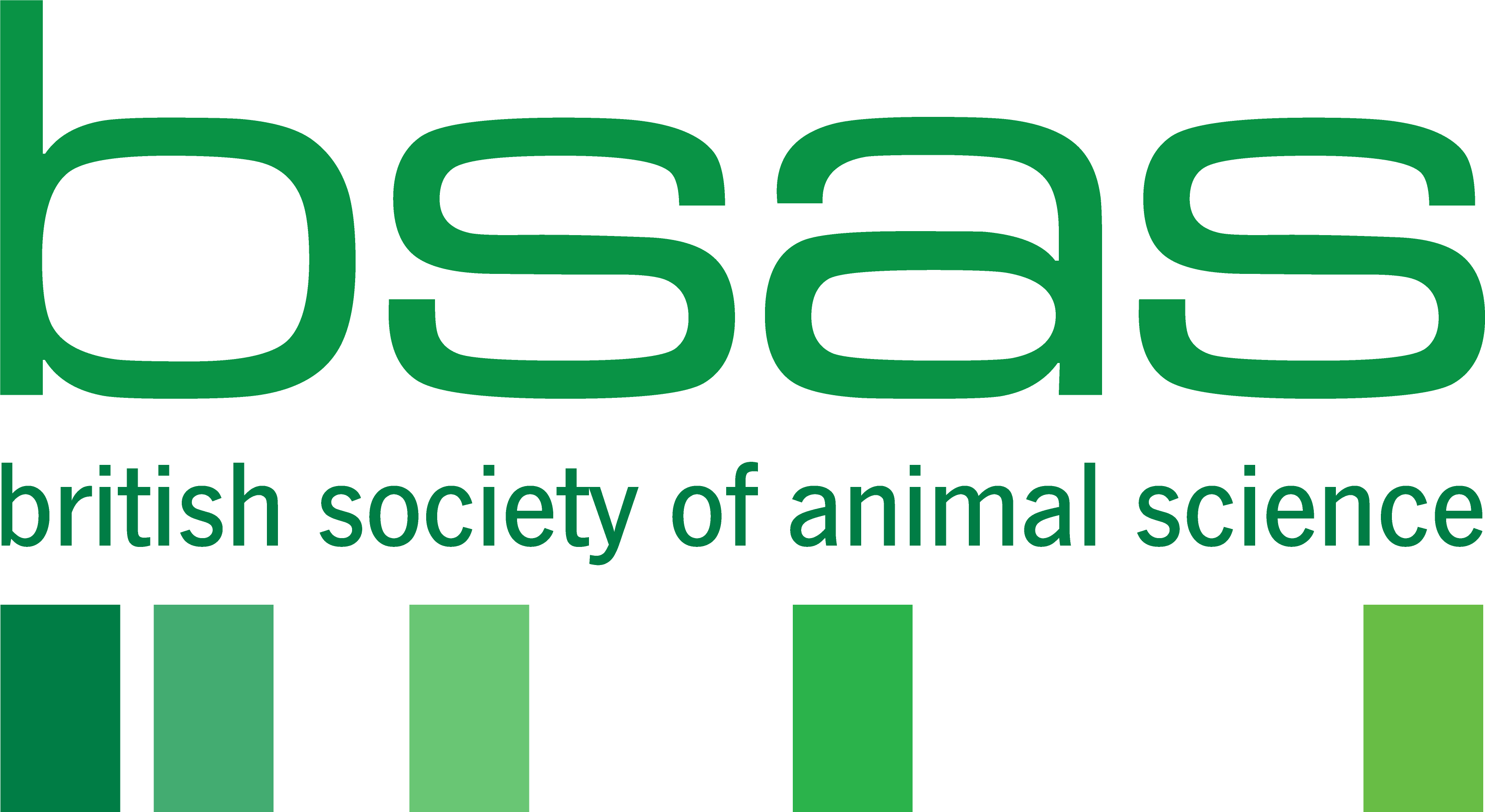A combined approach is required to minimise financial losses occurring from gilt progeny
By Oliver Ashton
Gilt progeny are less likely to reach slaughter, have a reduced slaughter weight, increased medicine usage and reduced feed efficiency, representing a significant financial loss to the pig industry. Genetic, nutritional and management practices will be required concurrently to minimise the performance differences between primi- and multi-parous sow progeny.
Piglets born from primiparous sows (PS), referred to as gilt progeny (GP), are less productive than their counterparts born from multiparous sows (MS), referred to as sow progeny (SP). Due to global replacement rates of 50%, gilts represent a high proportion of the breeding herd. Thus improvements to GP performance is required.
In PS 30% of gestational weight gain attributed to non-reproductive tissues, increasing energy demands and preferentially partitioning nutrients towards their own growth. Gilt foetal weights are lower than MS foetal weights after day 50 and have a lower birth weight. Together this suggests limited uterine capacity and nutrient insufficiency. Not all GP have the distinct markers of Intrauterine Growth Restriction (IUGR), but there are some similarities. GP have asymmetric growth patterns, prioritising organs that develop in early gestation such as the brain rather than those in later gestation such as the liver, with many negative effects, and restricted foetal growth of the digestive system leading to reduced intestinal immune development. Gilt progeny are 200-250g lighter than SP and are more likely to weigh under 1.1kg. There are many negatives to low birth weights that are not explained here.
Due to narrower birth canals, still births are higher in PS despite shorter farrowing durations. A consensus on pre-weaning mortalities differences excluding still births is not available. However, diseases prevalence is higher in GP both pre- and post-weaning, resulting in higher removals and medication usage. Lower microbiome diversity is also reported in GP relative to SP, associated with gut dysbiosis.
Colostrum production is not consistently different between PS and MS, but reduced colostrum intake is often observed in GP. This leads to reduced serum IgG concentrations and PS have less antigen exposure, particularly in the farrowing rooms leading to reduced passive immunity protection. Milk yield is not different between PS and MS on day 5 or 20 of lactation but is lower in PS at day 30, suggesting limited nutrient supply in late lactation. During lactation catabolism of body tissues occurs to support milk production, but the genetic selection for leanness and also the smaller size of PS leads to less available tissues for catabolism. PS also consume less feed during the lactation period, with any excess nitrogen directed towards body reserves. Additionally PS have lower digestibility values. Milk production in PS is also susceptible to interruption from disease and impeded suckling which can irreversibly reduce milk production. Reduced milk intake reduces progeny growth rate, and even SP reared by PS gained significant less weight than those reared by MS.
Post-weaning, feed intake is similar between GP and SP in week 1 but SP consume more in subsequent weeks and GP have a worse feed efficiency and growth rates. This indicates a reduced ability of GP to recover from weaning stress. With weaning weight accounted for, GP still grow slower from weaning to 10 weeks of age, albeit to a lesser extent. The differences seen in GP follow them through to slaughter, averaging 4.5kg less at 21-22 weeks of age.
Priority areas to improve GP performance:
- Genetic selection for reproductive measures, particularly uterine capacity
- Nutritional strategies to promote prenatal development and lactation in PS
- Nutritional strategies to support GP pre- and post-weaning
- Improve sow longevity
- Improve biosecurity and hygiene
Summarised from: Wijesiriwardana, U.A., Craig, J.R., Cottrell, J.J., Dunshea, F.R. and Pluske, J.R., 2022. Animal board invited review: Factors affecting the early growth and development of gilt progeny compared to sow progeny. Animal, 16(8), 100596.
